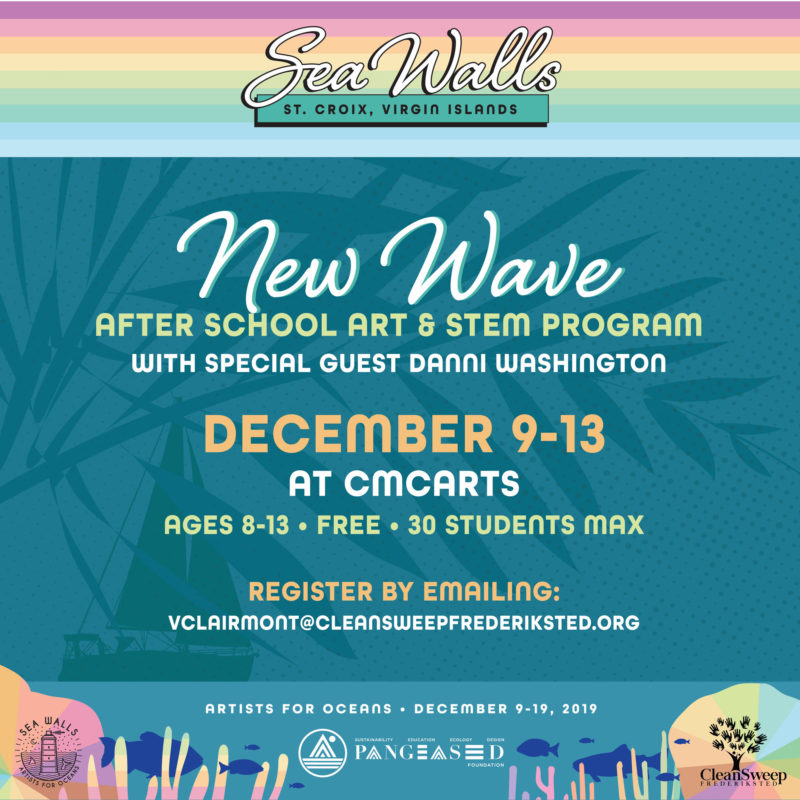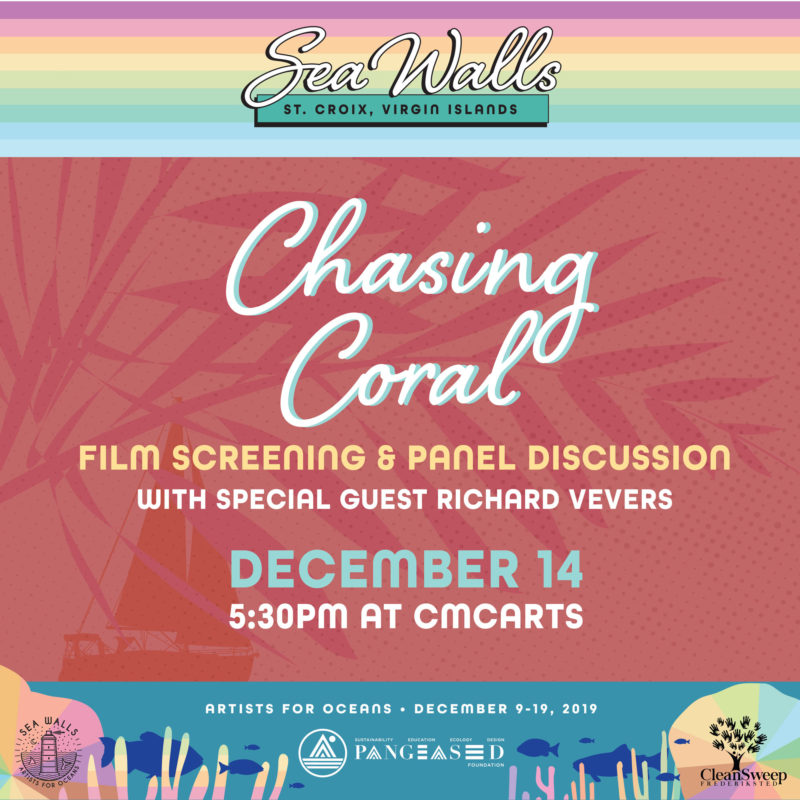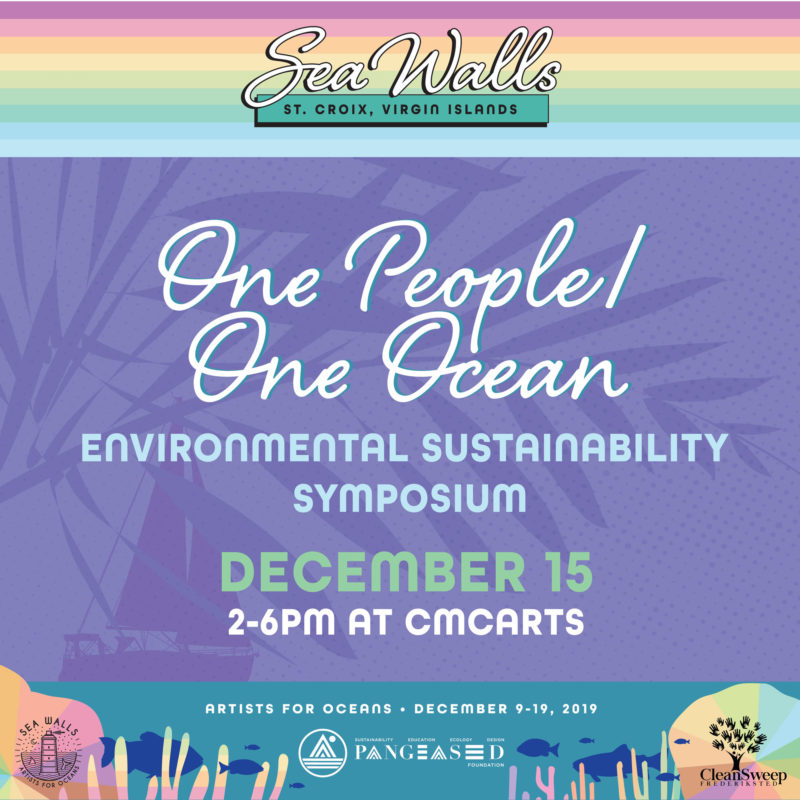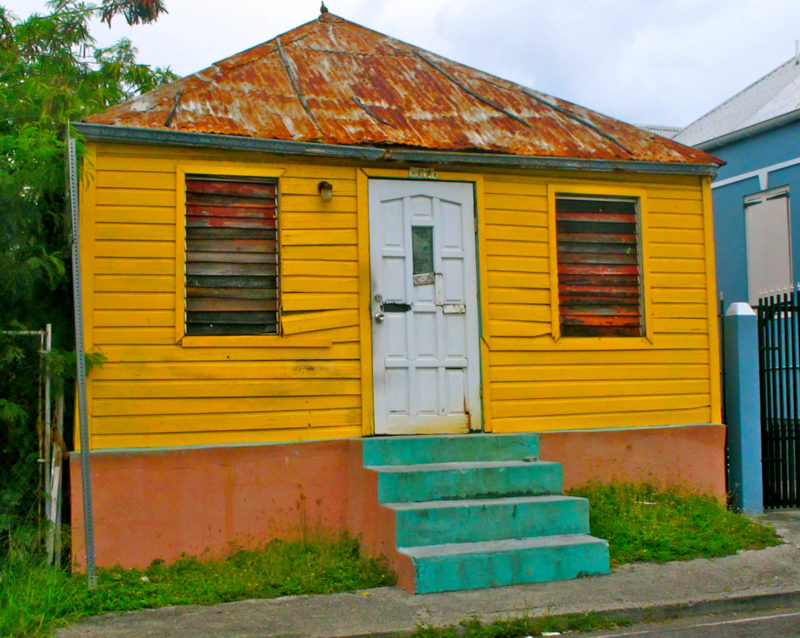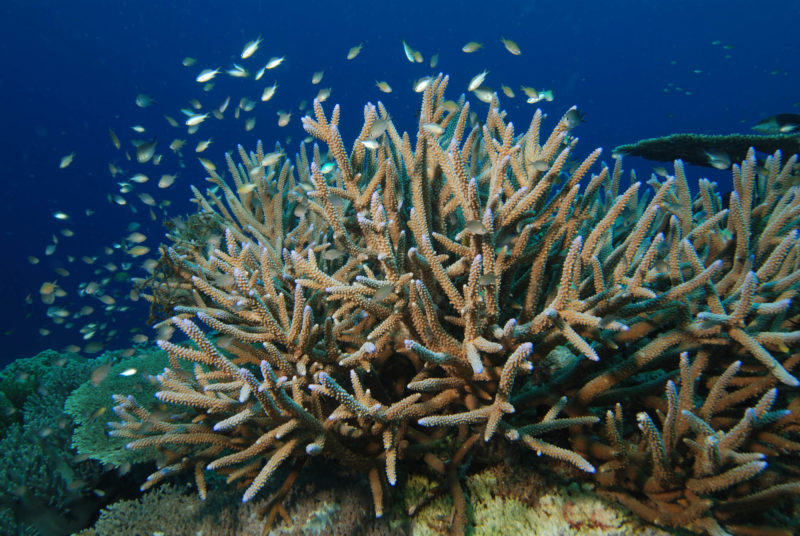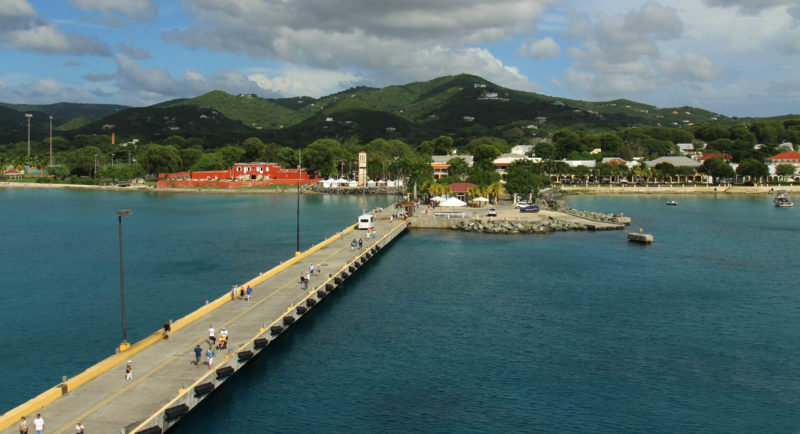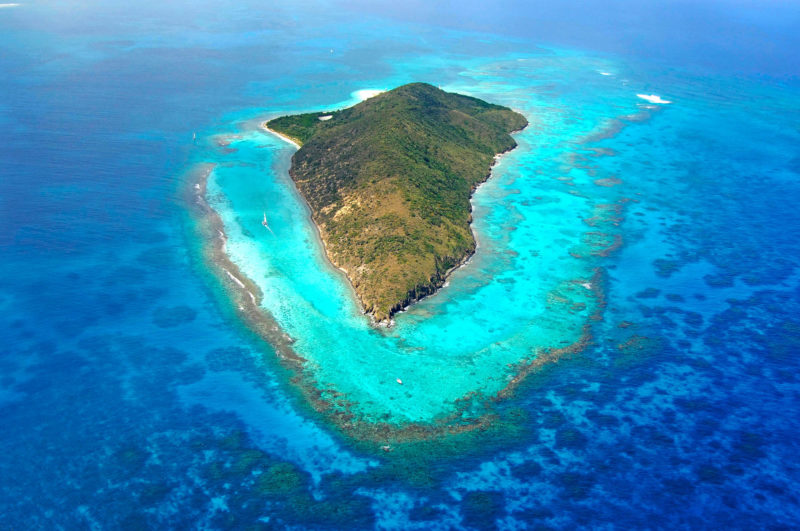More About the Project
Beyond the painting of 10+ large-scale murals, the Sea Walls St. Croix project featured public side events to further connect with the community such as film screenings, youth workshops in collaboration with Big Blue & You, beach clean-ups, panel discussions, and more.
Residents and visitors, young and old, were given a wide range of unique opportunities to experience Sea Walls St. Croix and learn how they can become better stewards of the sea in their daily lives.
Why St. Croix
St. Croix, one of three major islands that make up the United States Virgin Islands, is the easternmost point of the United States. It is home to a rich culture, traditions and a diverse marine ecosystem. The island is a nesting ground for the Leatherback, Green, Loggerhead and Hawksbill turtles; and boasts two bioluminescent bays. Consistently ranked as a top diving spot in the world by Scuba Diving magazine, the waters of St. Croix contain more than 500 species of fish, 50 types of corals and invertebrates. This island and the outlying area has three significant wildlife and marine preserves:
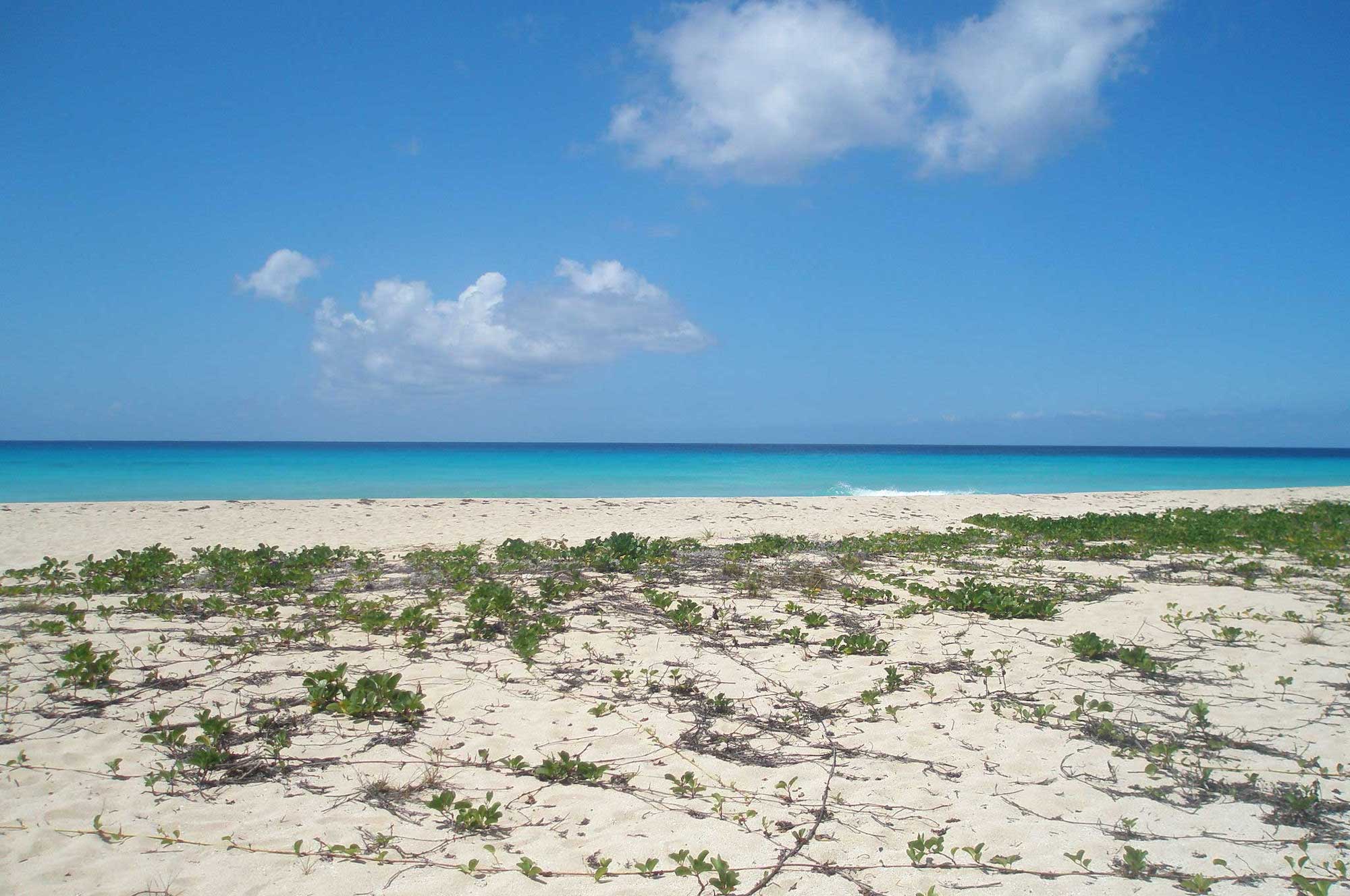
Sandy Point National Wildlife Refuge
The Sandy Point National Wildlife Refuge preserves habitat for threatened and endangered species, with particular emphasis on the leatherback sea turtle.
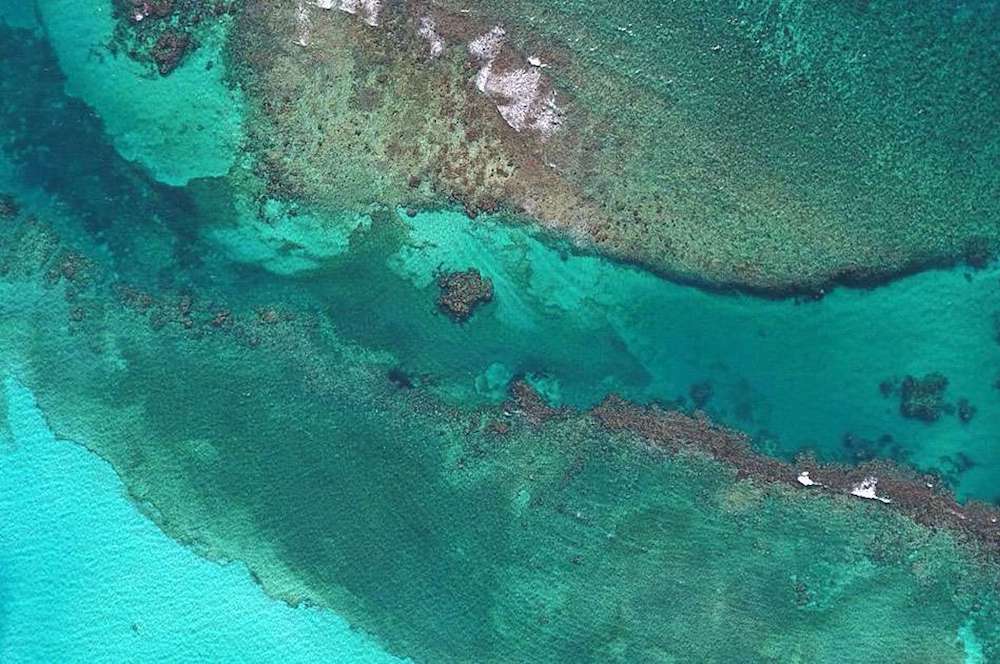
East End Marine Park
A 38,000-acre habitat, East End Marine Park was established to "protect territorially significant marine resources, and promote sustainability of marine ecosystems, including coral reefs, seagrass beds, wildlife habitats, and other resources, and to conserve and preserve significant natural areas for the use and benefit of future generations."
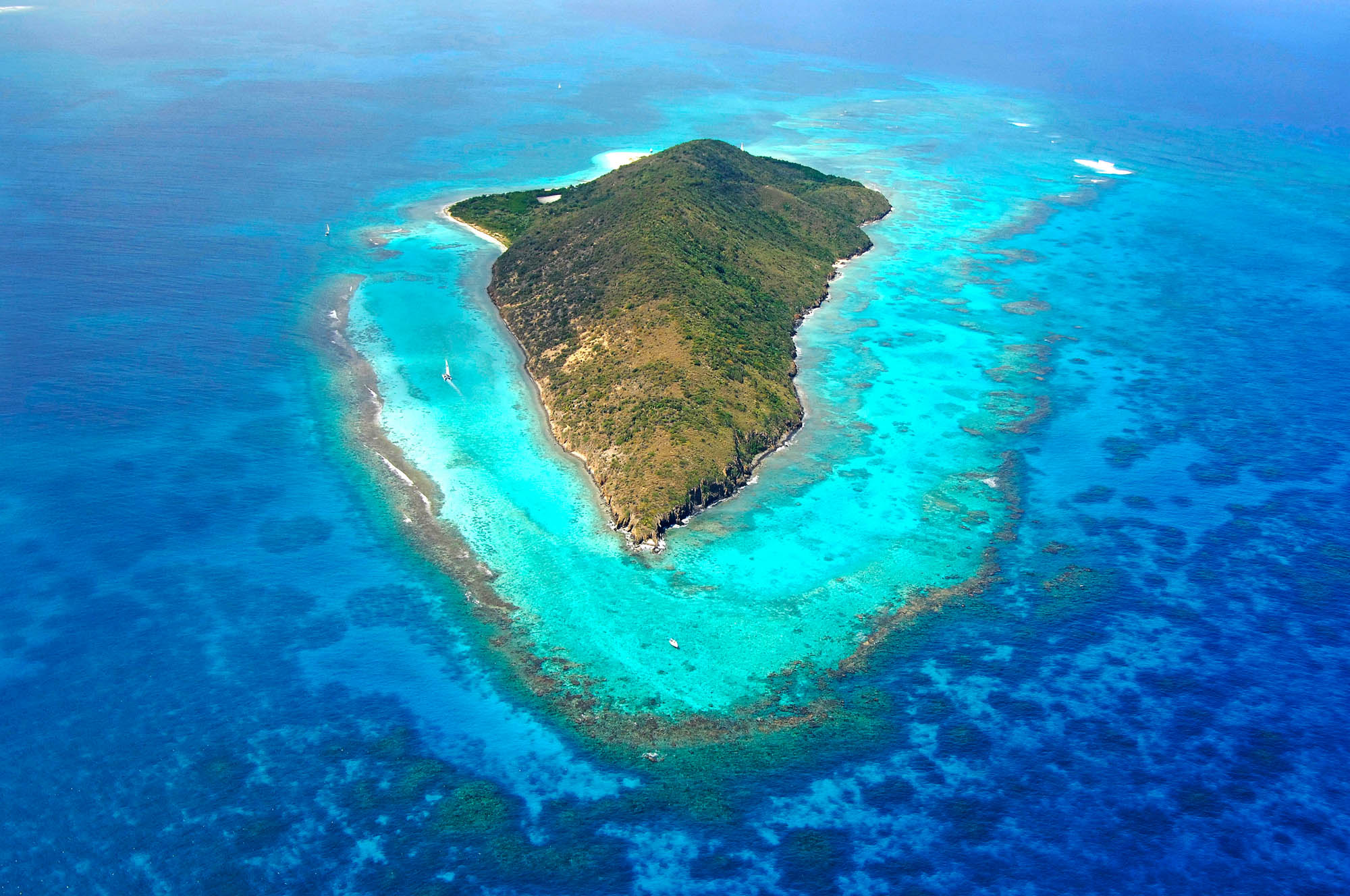
Buck Island Reef National Monument
Less than two miles off the northeastern coast of St. Croix, Buck Island Reef National Monument is the United States' only underwater national park with an ecosystem of over 250 fish species and marine life.

